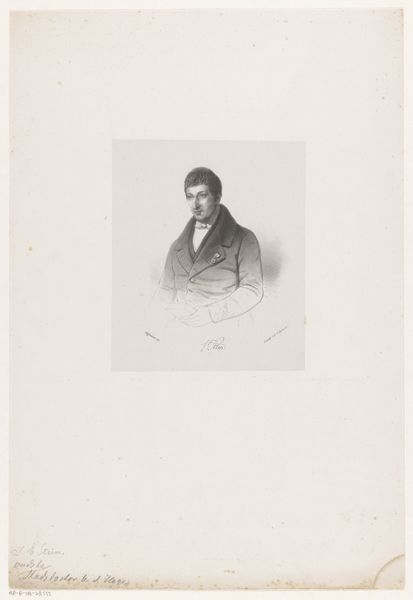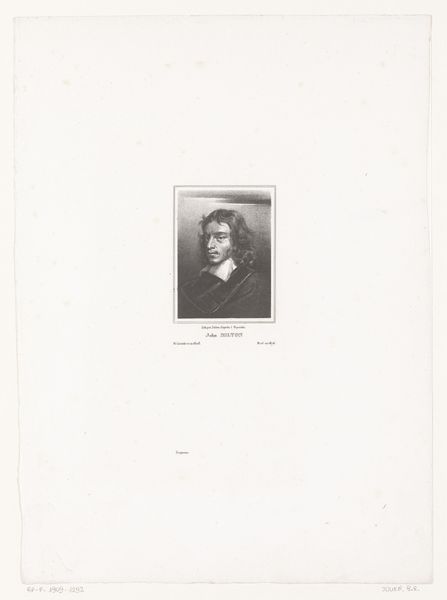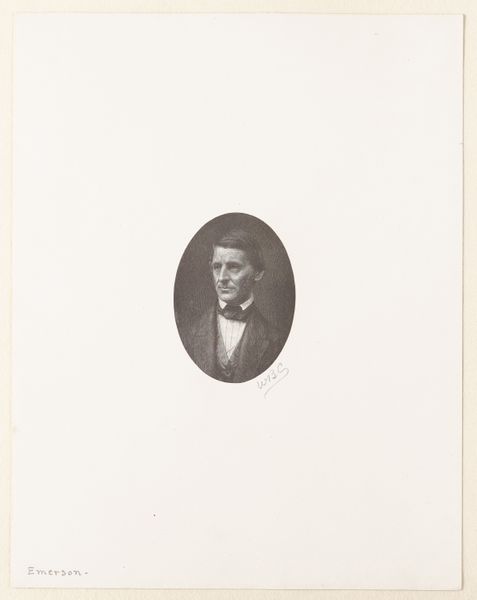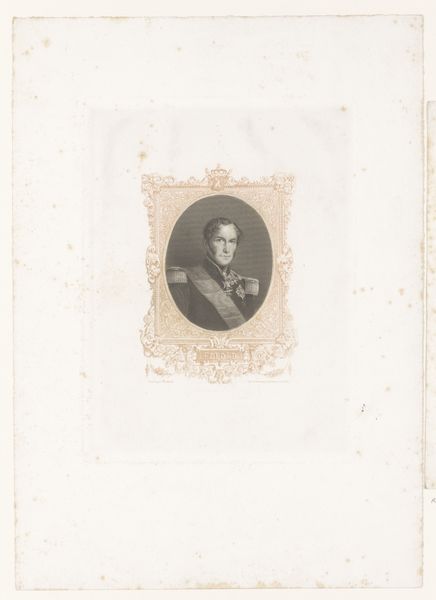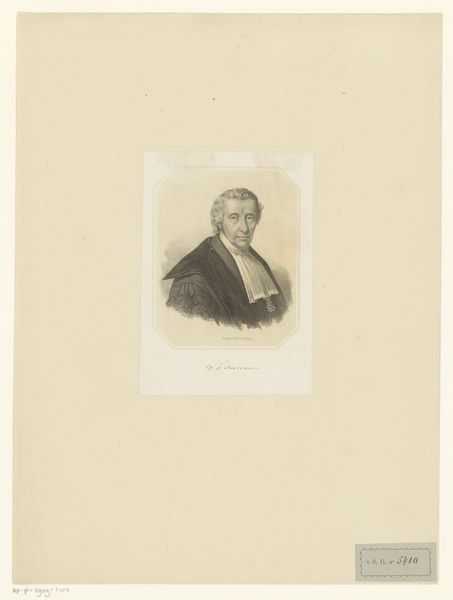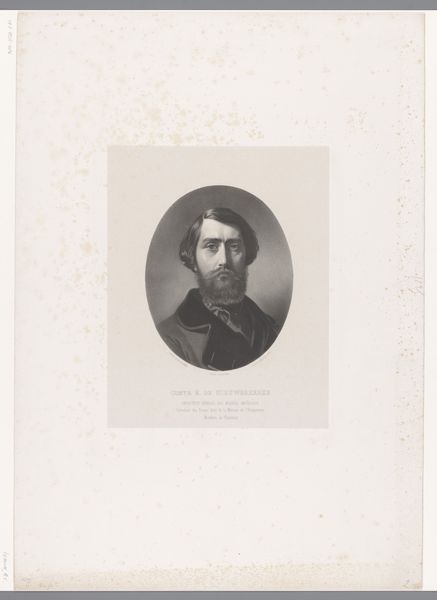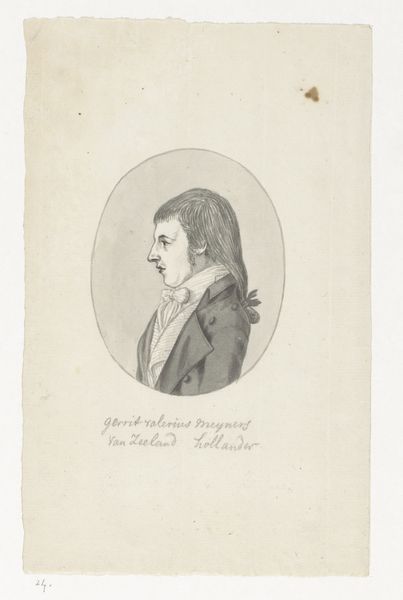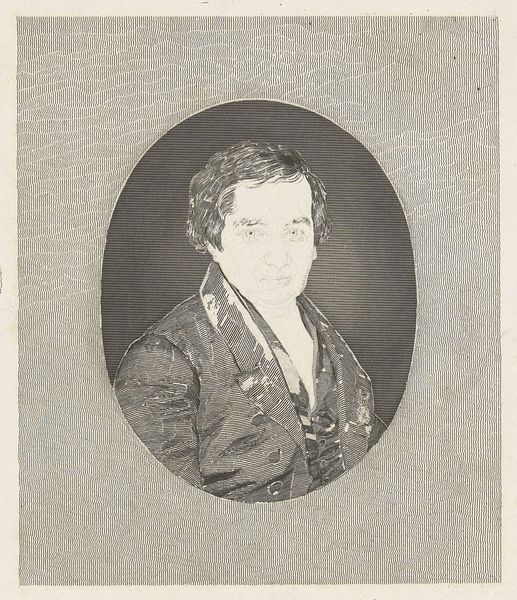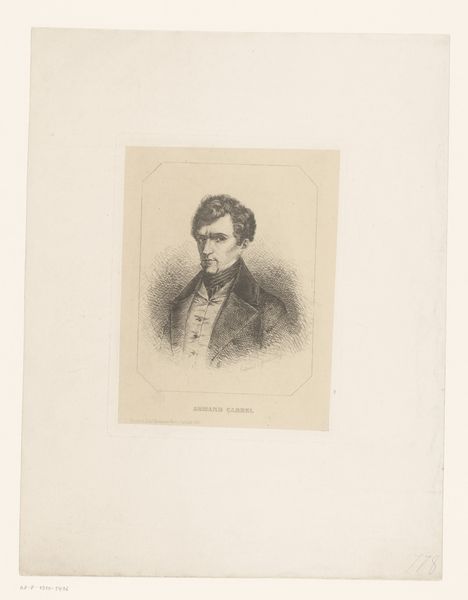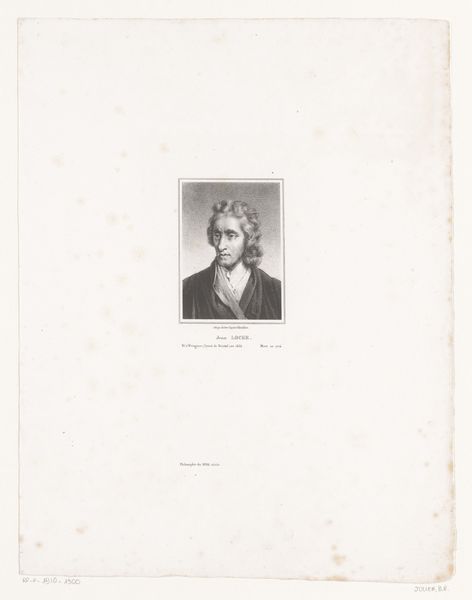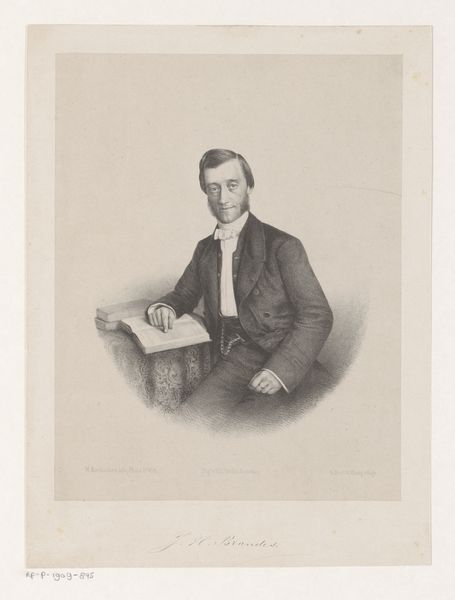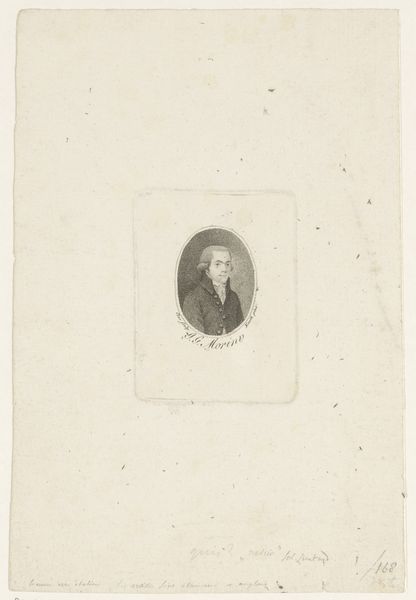
drawing, print, graphite
#
portrait
#
pencil drawn
#
drawing
#
aged paper
#
neoclassicism
# print
#
graphite
Dimensions: height 475 mm, width 315 mm
Copyright: Rijks Museum: Open Domain
Editor: So, this is a portrait of Alessandro Manzoni, the Italian writer, dating from sometime between 1822 and 1845. It's graphite on paper, which gives it a delicate, almost ephemeral feel. The paper itself seems aged, which adds to its character. I am curious, how do you interpret this work? Curator: Well, the first thing I notice is the tension between the high art subject – a portrait of a renowned writer – and the relatively humble materials: graphite and paper. What does it mean to render such an esteemed figure using such commonplace resources? Consider the accessibility of printmaking and graphite in the 19th century, its rise with the expanding literate class, and consider where art creation was centered then, vs today. This artwork sits nestled in a space that democratizes and distributes this image to different echelons of society. Editor: That's fascinating. I hadn't thought about the social implications of the medium itself. The contrast of having such an imposing man of literature printed as a drawing creates the sense of an almost ubiquitous image of this writer, and his art as being somewhat “consumed”. Curator: Exactly! And consider the labor involved. Was this a single artist painstakingly rendering the portrait, or a print shop churning out copies for mass consumption? The means of production directly impact the value we assign to the image. It shifts it out of the higher echelons of an "artwork," so to speak, and more as an advertisement for Manzoni's work. Editor: So, understanding the materials and their historical context really changes how we see the portrait. I appreciate that perspective so much. Curator: Precisely, and questioning these established social roles will lead us to challenge our inherent aesthetic judgements.
Comments
No comments
Be the first to comment and join the conversation on the ultimate creative platform.

